Teaching young children how to read a calendar is a pointless exercise
Are Modern Preschools Failing to Nurture Children’s Natural Skills and Curiosity?
If you visited a preschool 50 years ago, you would likely have seen children engaged in creative play, running around freely, and exploring the world with excitement. Fast forward to today, and the scene is dramatically different: young children are sitting at tables, diligently working on math problems and practicing grammar. This shift raises an important question for parents of preschool-aged children: are modern preschools truly supporting the natural learning processes and curiosity of young children, or are they prioritizing academic rigor over genuine development?
The Shift from Play to Academics
Over the past few decades, the focus of early childhood education has shifted significantly. In the United States, for example, preschools are now heavily influenced by the Common Core State Standards (CCSS), a standardized set of academic goals. This means that even in preschool, children are expected to work toward mastering concepts like English grammar and basic mathematics.
The problem with this one-size-fits-all approach is that it often overlooks the unique needs of individual children. Instead of fostering a child’s natural curiosity and love for learning, standardized education may push kids into rigid learning paths that don’t suit their developmental stage. The emphasis on academic achievement at such a young age also creates a stark divide between children who excel and those who struggle, potentially leading to feelings of inadequacy for those who develop at a different pace.
The Rise of Academics in Preschool: A Response to Social and Political Changes
This shift towards academic rigor in preschools is rooted in social and political changes. Before the 1980s, preschool was relatively uncommon. However, as more women entered the workforce, the need for childcare solutions grew, and preschools became more widespread. Initially, these institutions acted more like daycare centers, allowing children to play and socialize.
But as economic inequality grew, so did the focus on education as a tool for social mobility. This gave rise to policies like the No Child Left Behind Act of the early 2000s, which aimed to reduce the educational achievement gap between rich and poor students. In response, preschools adopted more structured, academic-focused curricula. While the goal of closing the achievement gap is important, the implementation has led to a rigid and sometimes overwhelming educational system for young children.
Adult Needs Driving Preschool Education
In many ways, modern preschools are designed to meet the needs of adults, not children. The fear of falling behind academically, combined with parental anxieties about child safety, has contributed to a more structured, controlled learning environment.
Parents naturally want the best for their children and often associate academic rigor with future success. As a result, many parents prefer educational settings where children sit quietly, listen to instructions, and focus on academic tasks, believing that this will give their kids a competitive edge. This trend is particularly evident among lower-income families, who may see play-based learning as a waste of time, favoring instead the direct teaching of “hard” academic skills.
Yet, this adult-centered approach fails to recognize how children naturally learn. Young children thrive in environments where they are free to explore, ask questions, and engage with the world in a hands-on way.
Instead of benefiting from sitting quietly and absorbing information, children learn best through play and interaction, where they can practice social skills, problem-solving, and self-regulation.
The Impact of Passive Teaching: Why It’s Not Enough
Modern preschools often use passive teaching methods like Direct Instruction, where teachers tell students what they need to know rather than engaging them in interactive learning experiences. This approach is particularly problematic for young children, who learn best through active participation rather than listening and memorizing facts.
Take, for example, a common preschool lesson on the days of the week. Teachers might ask children to repeat the names of the days or memorize a song about them. But research shows that children at this age do not fully grasp the concept of time in the same way adults do. They are unlikely to retain this information because it holds little meaning in their daily lives.
Parents should aim to bring learning to life by connecting concepts to experiences. For instance, rather than simply teaching your child the days of the week, talk about the activities they do on different days (“On Monday, we go to the park!”). This approach gives context to abstract ideas, making them easier for young minds to understand.
Play is Essential to Development: Why We Need to Reclaim It
One of the biggest misconceptions in early childhood education is the belief that play is the opposite of learning. In reality, play is a powerful tool for developing cognitive, emotional, and social skills. Children learn best when they are engaged in activities that they enjoy and that allow them to practice important life skills in a low-pressure setting.
Through play, children learn how to take turns, cooperate with others, and regulate their emotions. These are foundational skills for future academic success, yet they are often undervalued in the push for early literacy and numeracy.
The Role of Teachers: More Than Just Instructors
A strong, trusting relationship between teacher and child is vital to a child’s development. Teachers should not only deliver lessons but also serve as facilitators of learning, encouraging children to ask questions, think critically, and explore their interests. Unfortunately, many teachers are underpaid and undertrained, which limits their ability to provide high-quality education.
Research shows that well-compensated and well-trained teachers lead to better learning outcomes. This is because teachers who feel supported are more likely to engage with students in meaningful ways, rather than relying on passive teaching techniques like Direct Instruction.
Parents can advocate for better training and compensation for preschool teachers by supporting education reform initiatives and choosing preschools that emphasize child-centered learning over standardized test results.
Looking to the Future: Reforming Early Childhood Education
To truly support the development of young children, we must shift our focus from academic rigor to ‘personal growth and developmentally appropriate learning’. Preschool education should emphasize curiosity, creativity, and problem-solving rather than memorization and conformity.
A good model for this can be seen in countries like Finland, where the preschool curriculum is designed to foster independence, well-being, and social skills. Finnish children consistently rank among the top performers in international academic assessments, yet their early education is rooted in play and exploration, not academic pressure.
Parents can contribute to this shift by choosing preschools that prioritize play-based learning and advocating for education reform that places children’s personal development at the center.
Practical Tips for Parents: Supporting Natural Learning at Home
While the current educational system may lean toward an academic focus, parents can take steps at home to nurture their child’s natural curiosity and development:
1. Incorporate Play into Daily Routines: Understand that play is not just for fun—it’s an essential part of learning. Encourage your child to engage in unstructured play where they can use their imagination, solve problems, and interact with their surroundings.
2. Limit Screen Time and Increase Hands-On Activities: While educational apps can be helpful, they shouldn’t replace hands-on learning. Give your child opportunities to engage with physical objects, whether through building blocks, puzzles, or exploring nature.
3. Ask Open-Ended Questions: Instead of focusing solely on correct answers, ask your child questions that encourage them to think creatively and express their thoughts. For example, ask, “What do you think will happen if we add water to the sand?” or “How do you feel when you build with blocks?”
4. Create a Safe Environment for Exploration: Make your home a safe space for curiosity. Allow your child to explore different areas and objects with supervision, providing them the freedom to experiment and discover on their own.
5. Balancing Academic Tasks with Play: Even if your child has homework or educational tasks, make sure they have plenty of time to unwind and play. Remember that play helps reinforce the very skills they are learning academically.
Conclusion: Nurturing a Love for Learning
In the rush to prepare children for the academic demands of the future, we risk losing sight of what truly matters in early childhood education: the joy of learning.
By emphasizing play, fostering curiosity, and supporting individualized learning, we can help children build a strong foundation that will serve them for years to come.
As parents, we play a crucial role in advocating for and supporting learning environments that meet the needs of our children—not just academically, but as whole, curious, and capable individuals.

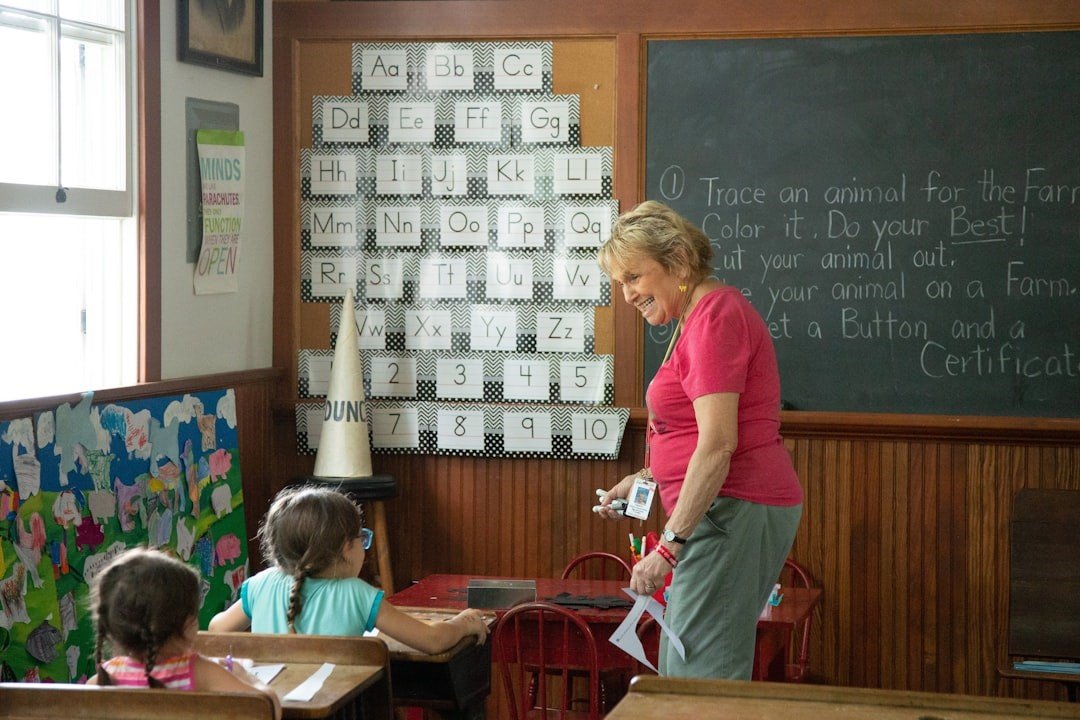
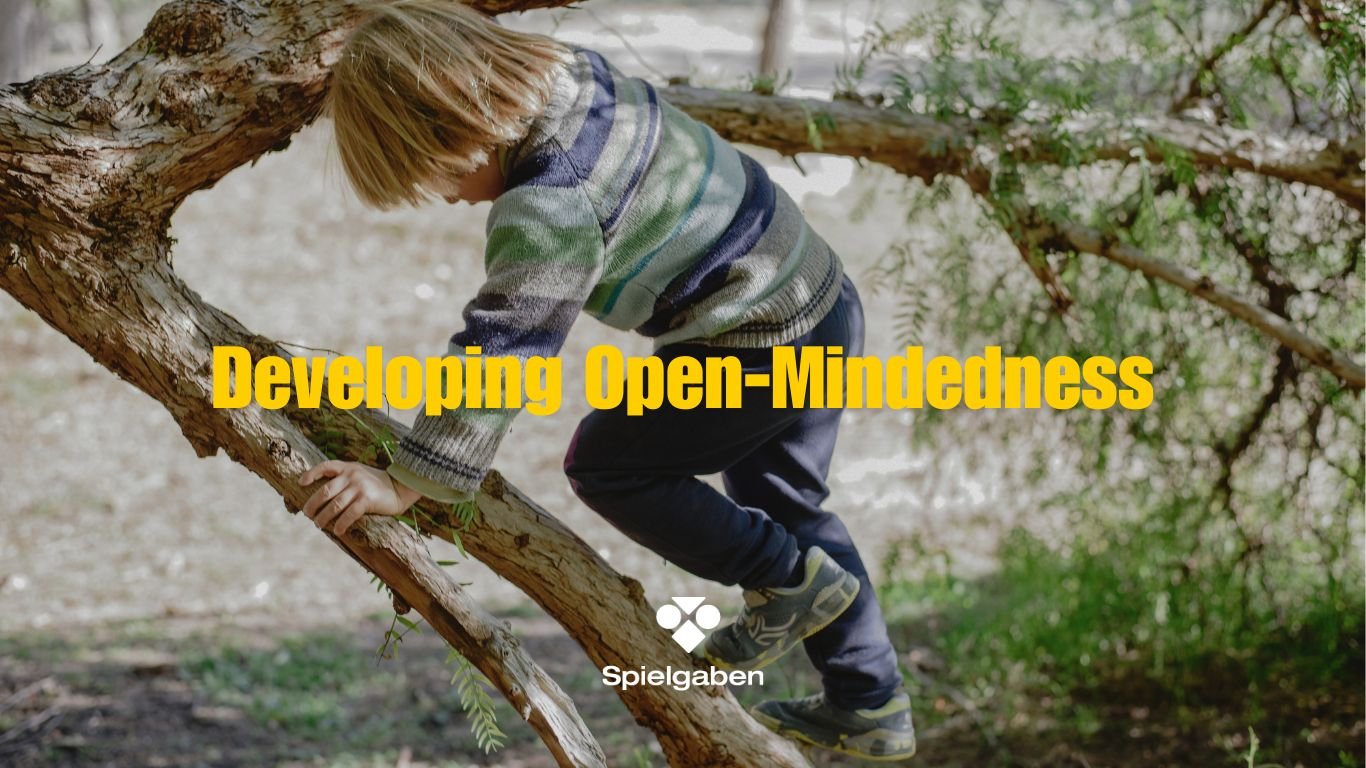
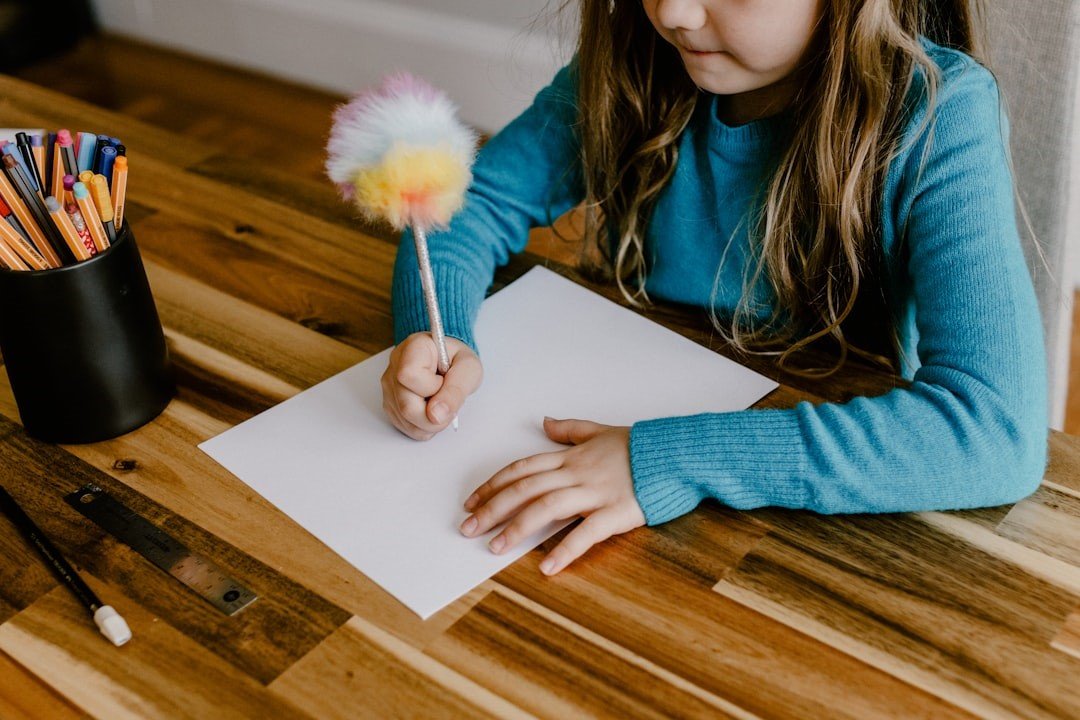

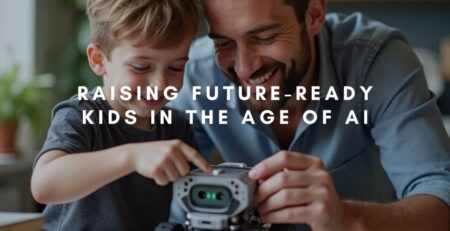
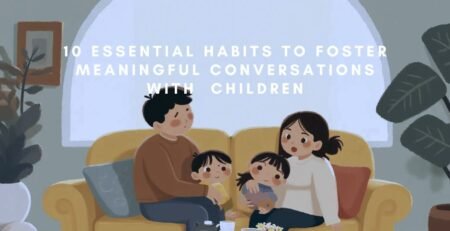

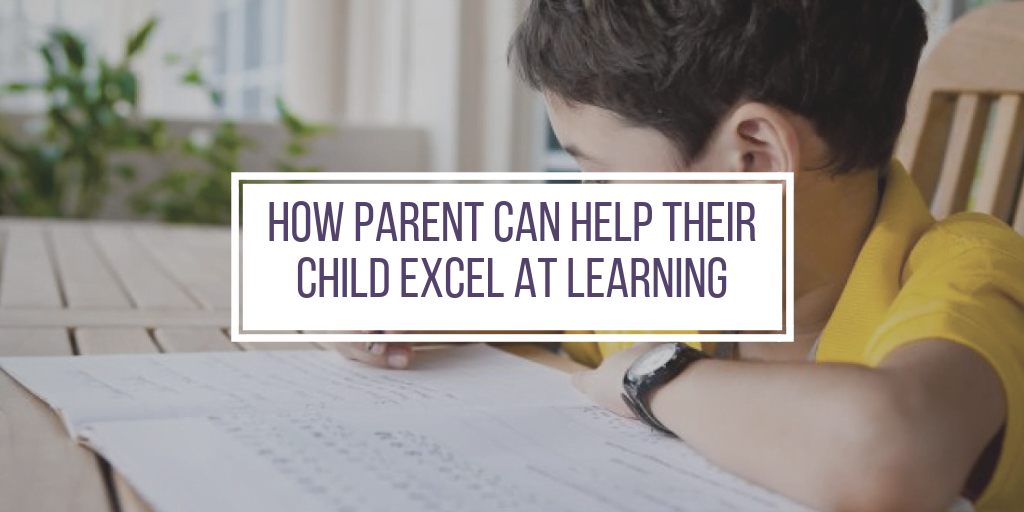




LEAVE A COMMENT